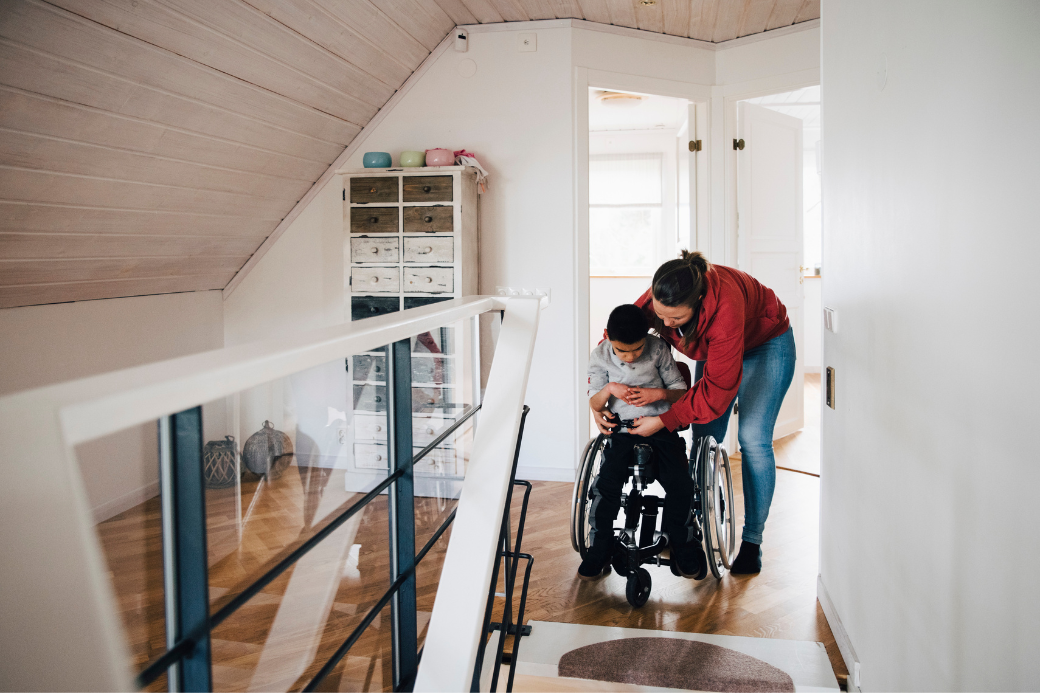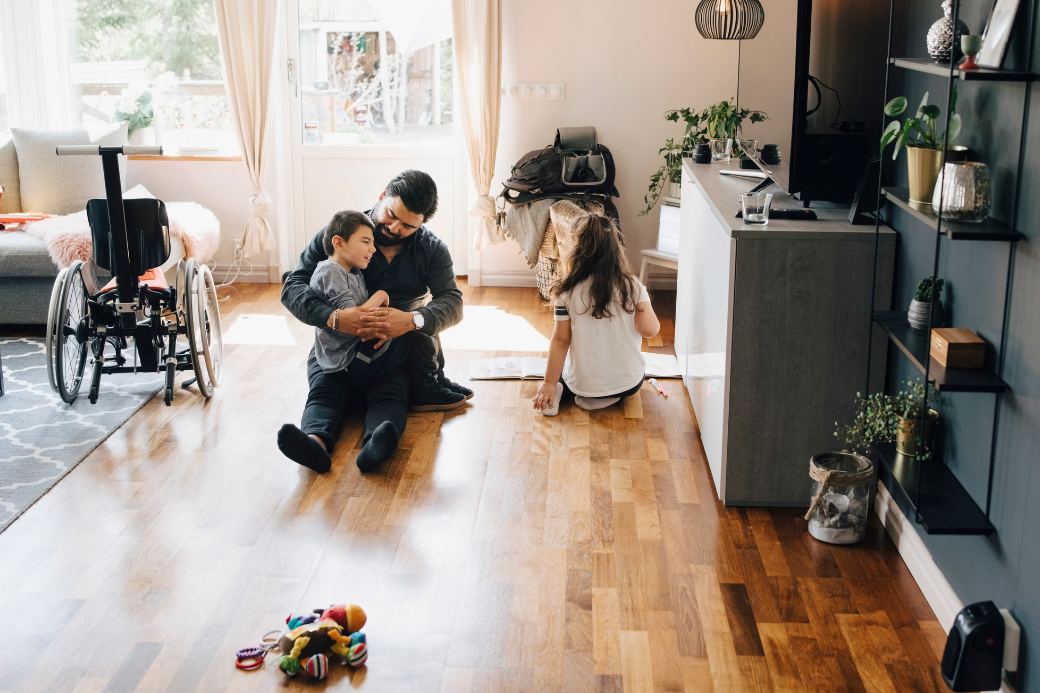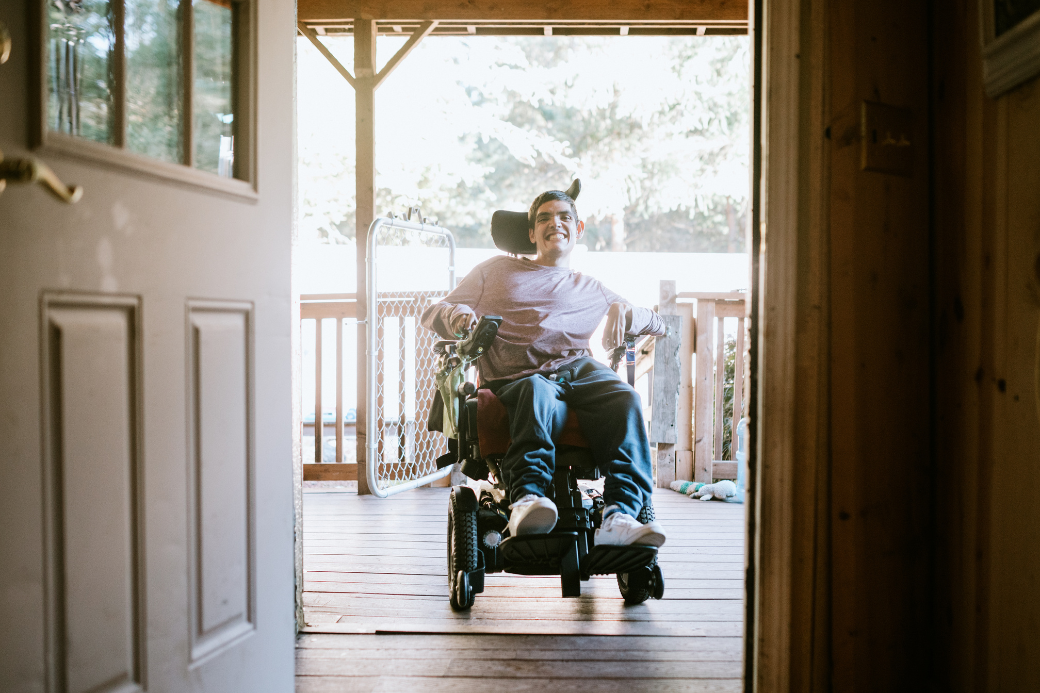Jennifer Allen is a special needs mom and disability travel blogger who shares her experience on her blog, Wonders Within Reach. Here, she shares how to determine whether or not your home on HomeExchange is fully wheelchair accessible.
Is your house listed as wheelchair accessible on your home profile on HomeExchange? Should it be?
Your home may be a welcoming space to wheelchair users, without you even realizing it. By labeling your home as accessible, you can broaden your reach and welcome more diverse guests.
Conversely, you may have marked your home as accessible, not understanding some of the challenges it may present to wheelchair users. There’s not much worse than arriving at your vacation home to find out that you can’t maneuver the space, or worse, can’t even get in!
Take a look at these basic tips for how to best label and describe your home!

Your home is probably wheelchair accessible if:
- There is a smooth path from parking to the entrance, free of steps or obstacles
- There are no steps to enter
- You have wide doorways
- Rooms have smooth transitions, with no steps in between
- Your home is single-level or has an elevator
- Your light switches, outlets, and thermostats can be reached from a seated position (about 48” from the floor)
- Your bathroom has a roll in shower or shower chair and a sink with open space underneath
- Cooking essentials and dishes are at counter height and below

Your home may not be wheelchair accessible if:
- You have steps to enter
- You have a step-free entrance, but it’s only connected to the rest of the house by stairs
- You have an older home with narrow doorways
- There’s no way for a wheelchair user to get into the shower or tub or to roll up to the sinks
- Basic daily essentials are stored out of reach
- Your patio, deck, backyard, or pool are separated from the house by steps or steep inclines

What if I’m not sure?
Because accessibility means something different to everyone, it can be hard to know where your home fits in. If you think your home may be accessible, but you’re not sure, mark it as wheelchair accessible and thoroughly explain in your home description.
For example, if one bedroom is wheelchair accessible, but the rest are not, explain that in your description. Most families only need one room to be accessible, but needs vary. It’s also important that they can get from that room into all shared living spaces. If the bedrooms and bathrooms are all accessible, but the living room and kitchen are upstairs, most families traveling with a wheelchair won’t be able to use your home. It’s no fun to be cut off from the rest of your family on vacation! It may be ok for cooking essentials to be up high, if parents are cooking and it’s a child in the wheelchair.
Be specific and be open to questions for mobility needs. Wheelchair users are used to doing a little extra research, and your cooperation will go a long way.
Sometimes, amenities are accidentally clicked. It may be worth it for you to double check that you didn’t accidentally mark your home as wheelchair accessible, or forget to mark it. A quick check could make all the difference in your guests’ vacation!

